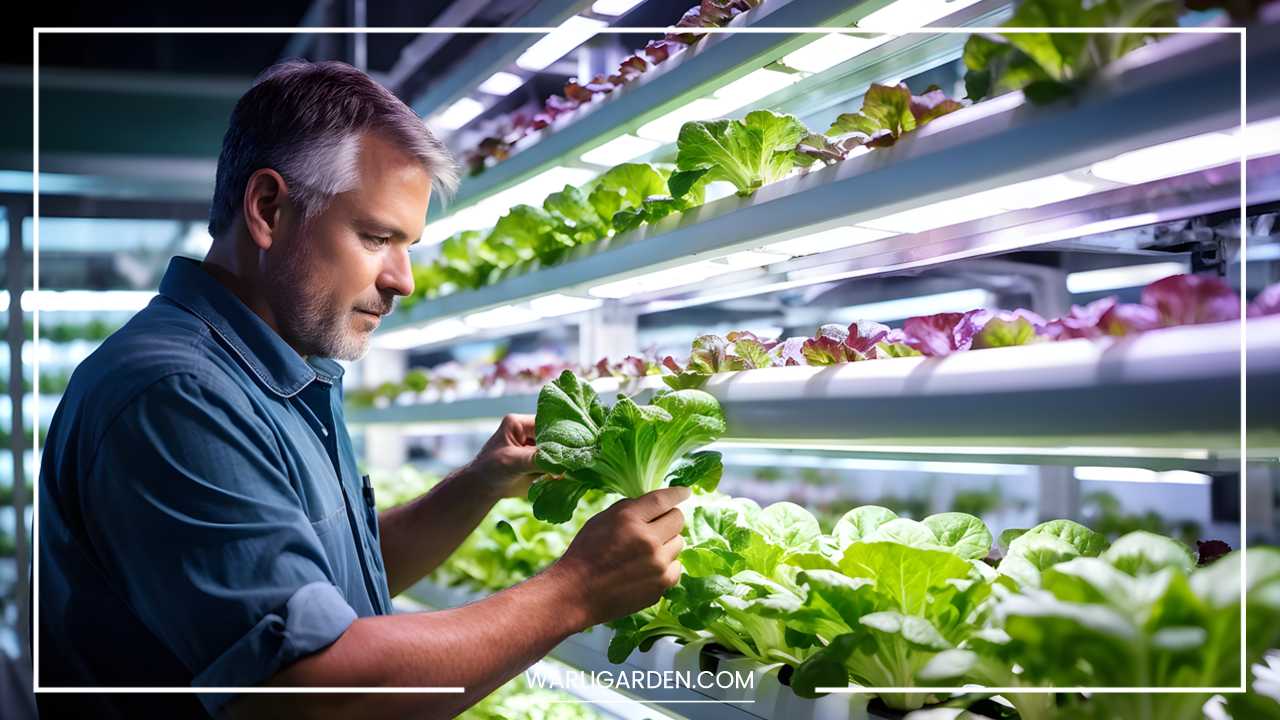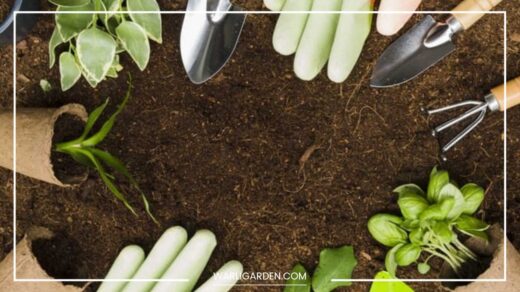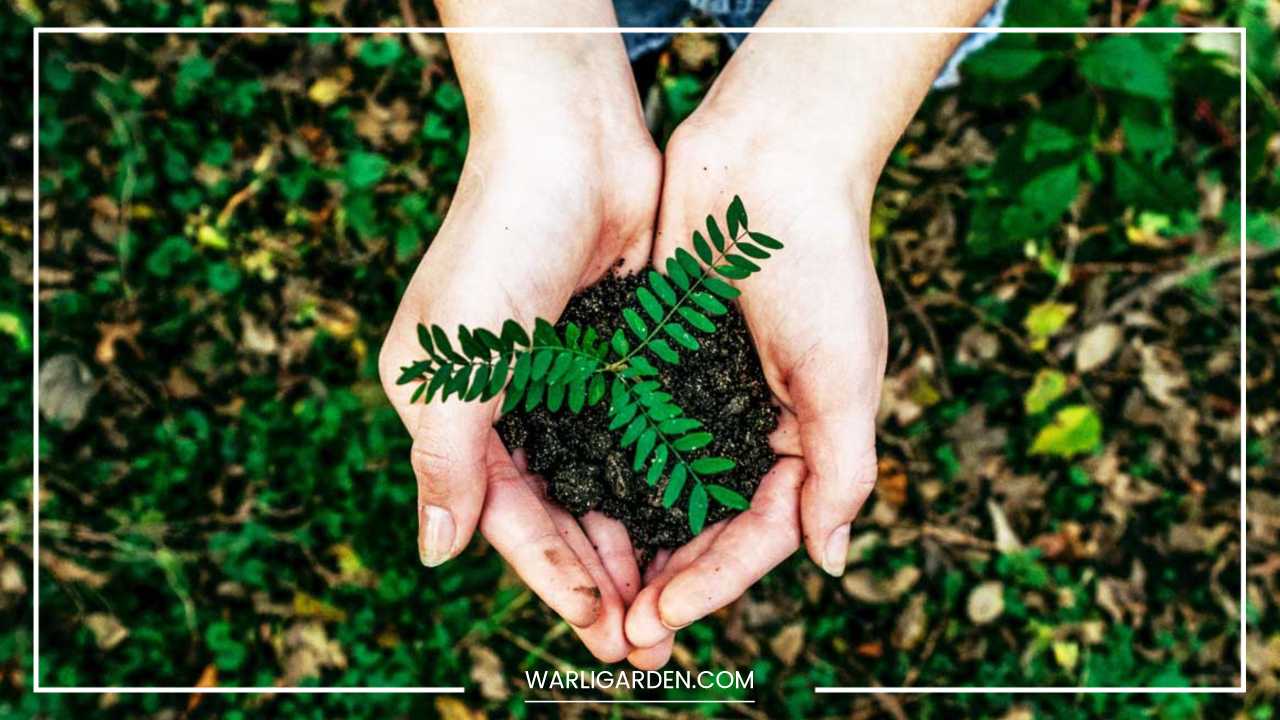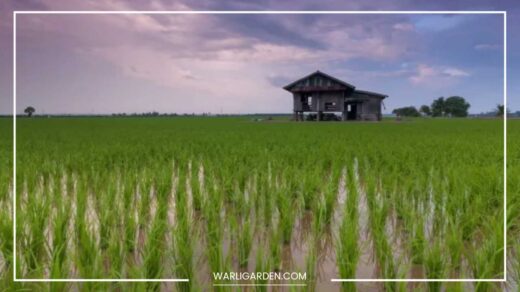What is Soil Less Farming?

Soilless Farming
The Future of Farming: Understanding What is Soilless Farming
Traditional agriculture has served as the backbone of human civilization for millennia. However, with a rapidly growing population and a changing climate, the need for innovative and sustainable food production methods has become more critical than ever.
Soilless farming, also known as hydroponics, emerges as a revolutionary approach that promises to reshape the way we cultivate crops.
This article delves into the fascinating world of soilless farming, exploring its diverse techniques, methods, and applications.
We’ll also examine the burgeoning adoption of soilless farming in India and delve into the exciting possibility of setting up your own soilless garden at home!
Understanding Soilless Farming: Beyond the Dirt, Lies Opportunity
Soilless farming breaks the traditional mold of using soil as the primary growth medium for plants. Instead, it utilizes a controlled environment where plants are nourished by a nutrient-rich water solution or anchored in inert materials like rockwool or coco coir.
This method offers a high degree of control over the essential elements that plants require for optimal growth, including nutrients, water, and light. This translates into several key advantages:
-
Enhanced Efficiency: Soilless farming boasts significantly reduced water consumption compared to traditional methods. The nutrient solution is delivered directly to the roots, minimizing evaporation and water waste. Studies have shown that soilless systems can use up to 90% less water than conventional agriculture.
-
Boosted Yields: By optimizing growing conditions, soilless farms can achieve higher and more consistent yields throughout the year. This is particularly beneficial in areas with unpredictable weather patterns or short growing seasons. Soilless systems are not restricted by limitations such as soil quality or pests, leading to increased productivity per unit of space.
-
Reduced Land Use: Soilless systems offer the incredible advantage of vertical farming. Plants can be stacked vertically in tiers, maximizing production in a smaller footprint. This is particularly beneficial in urban areas with limited land availability or regions facing land degradation.
-
Improved Produce Quality: The controlled environment of soilless farms minimizes the risk of pests, diseases, and contamination. This results in cleaner, healthier crops with a longer shelf life, reducing food spoilage and waste.
-
Year-Round Production: Unlike traditional methods that are often restricted by weather conditions, soilless farms operate in controlled environments. This allows for continuous crop production all year round, ensuring a steady supply of fresh produce regardless of the season.
Exploring the Techniques of Soilless Farming: A Spectrum of Growth Solutions
Soilless farming encompasses a diverse range of techniques, each with its own unique advantages and applications. Here’s a closer look at some of the most common methods:
-
Hydroponics: This popular technique involves growing plants with their roots submerged in a continuously circulating nutrient solution. The solution is typically housed in a closed-loop system, ensuring efficient use of water and nutrients. Different hydroponic setups exist, each catering to specific needs. Some variations include:
-
Nutrient Film Technique (NFT): A thin film of nutrient solution continuously flows past the bare roots of plants suspended in a trough. This method is ideal for leafy greens and herbs due to its efficient delivery of nutrients and oxygen.
-
Deep Water Culture (DWC): Plants are suspended in a container filled with a continuously aerated nutrient solution. This method is simple to set up and requires minimal maintenance, making it a good choice for beginners.
-
Ebb and Flow (Flood and Drain): A timed system periodically floods a tray containing a growing medium with nutrient solution, allowing the excess to drain afterwards. This method provides good aeration for the roots and is suitable for a wider range of crops.
-
-
Aeroponics: This method involves suspending plant roots in a mist environment and periodically spraying them with a nutrient solution. This technique offers excellent aeration for the roots, promoting rapid growth. Aeroponics is particularly well-suited for crops that don’t require a constant supply of moisture around their roots, such as tomatoes and peppers.
-
Aquaponics: This unique technique combines hydroponics with aquaculture (fish farming). The nutrient-rich water from the fish tank is used to nourish the plants growing in a soilless medium. The plants, in turn, filter the water for the fish, creating a sustainable closed-loop system. Aquaponics is a highly efficient and environmentally friendly approach to food production, minimizing waste and maximizing resource utilization.
-
Substrata Soilless Culture: This method utilizes inert materials like rockwool, coco peat, or perlite as a growing medium. The medium provides support for the plant roots while the nutrients are delivered through a drip irrigation system. Substrata soilless culture offers advantages such as better root aeration and support compared to purely hydroponic systems.
Soilless Farming in India: Cultivating Innovation
India, with its vast agricultural sector and a growing population to feed, is recognizing the immense potential of soilless farming.
The government is actively promoting research and development in this area, considering its benefits for water conservation, sustainable food production, and potential to address specific challenges faced by Indian agriculture.
Here’s a glimpse into the exciting landscape of soilless farming in India:
-
Government Initiatives: Several Indian states, including Karnataka, Maharashtra, Haryana, and Gujarat, are taking the lead by implementing pilot projects to explore the viability of soilless farming for different crops. These projects aim to evaluate the effectiveness of soilless techniques in Indian conditions and disseminate knowledge and best practices among farmers.
-
Focus on Water Scarcity: Areas facing water scarcity, particularly in arid and semi-arid regions, are finding soilless farming to be a viable solution. The efficient water usage of soilless systems can significantly reduce the agricultural water footprint, a critical factor in water-stressed regions.
-
Urban Farming: The rise of urban farming in India has seen a surge in the adoption of soilless techniques, particularly for leafy greens and herbs. Soilless systems are well-suited for urban environments due to their compact size, controlled nature, and ability to thrive indoors or on rooftops with limited space.
-
Challenges and Opportunities: Despite its promising potential, soilless farming in India faces some challenges. The initial setup costs can be higher compared to traditional methods, and technical expertise is required for optimal operation and maintenance of the systems. Additionally, creating a robust infrastructure for supplying essential inputs like high-quality seeds and nutrient solutions needs to be addressed.
However, with ongoing research and development efforts, coupled with government initiatives and growing private sector interest, these challenges are likely to be addressed in the coming years.
As the technology matures and becomes more cost-effective, soilless farming is poised to become a mainstream practice in India, contributing significantly to food security and sustainable agriculture.
Your Own Soilless Garden: Cultivating Crops at Home
Soilless farming isn’t just for large-scale production. You can even set up a small soilless garden at home, allowing you to enjoy the benefits of fresh, homegrown produce while learning about this innovative technique! Here’s a basic guide to get you started on your soilless gardening adventure:
Choosing a Method: For beginners, hydroponic methods like the Kratky method or a simple Deep Water Culture (DWC) setup are good options.
The Kratky method utilizes a passively supplied nutrient solution through a wicking system, making it low-maintenance and cost-effective. DWC involves suspending plants in a container filled with a continuously aerated nutrient solution. Both methods offer a good introduction to soilless gardening.
Gathering Supplies: Here’s what you’ll need to get started:
- Containers: You can repurpose plastic containers, buckets, or even PVC pipes for your soilless garden. Ensure they have proper drainage holes.
- Nutrient Solution: A pre-mixed hydroponic nutrient solution specifically formulated for your chosen plants is readily available online or at garden stores.
- Growing Medium (Optional): For methods like DWC, a growing medium isn’t essential. However, for Kratky or Substrata Soilless Culture, you’ll need an inert material like rockwool or coco peat to provide support for the plant roots.
- Water Pump (Optional): A small water pump can be used in DWC systems to ensure proper aeration of the nutrient solution.
- Lighting: Plants require sufficient light for photosynthesis. If your setup lacks access to natural sunlight, consider using LED grow lights specifically designed for indoor plant growth.
Selecting Plants: Leafy greens like lettuce, spinach, kale, and herbs like basil, mint, and parsley are well-suited for soilless gardens due to their faster growth cycles and relatively lower nutrient requirements. As you gain experience, you can experiment with other plants like strawberries or small pepper varieties.
Maintaining Your System: Regularly monitor the nutrient solution levels, pH (acidity/alkalinity), and water temperature.
The ideal pH level may vary depending on the specific plants you’re growing. You can find readily available testing kits to measure these parameters.
Replenish the nutrient solution as needed and adjust the pH if necessary. Prune your plants regularly to encourage bushier growth and remove any diseased or wilting leaves.
Benefits of a Home Soilless Garden: Setting up a soilless garden at home offers a multitude of benefits:
- Fresh, Local Produce: Enjoy the satisfaction of harvesting fresh, homegrown vegetables and herbs year-round, regardless of the season or weather conditions.
- Reduced Water Usage: Soilless systems use significantly less water compared to traditional gardening methods, making it an environmentally friendly option,
- Space-Efficient: Soilless gardens can be set up in small spaces, making them ideal for balconies, patios, or even indoors. This is particularly beneficial for urban dwellers with limited access to outdoor gardening space.
- Minimal Maintenance: Compared to traditional gardens, soilless systems require less maintenance. You won’t need to worry about weeding or tilling the soil, and pest problems are significantly reduced due to the controlled environment.
- Learning Opportunity: Setting up and maintaining a soilless garden is a fun and educational experience. It allows you to learn about plant growth, nutrient requirements, and innovative agricultural techniques.
The Future of Soilless Farming: A Sustainable Harvest
Soilless farming presents a compelling vision for the future of agriculture. It offers a solution to address the challenges of water scarcity, limited land availability, and the need for increased food production.
As the technology evolves and becomes more accessible, soilless farming holds immense potential to revolutionize the way we cultivate crops, ensuring a sustainable and secure food supply for generations to come.
Here are some additional points to consider for a well-rounded conclusion:
-
Environmental Impact: Soilless farming can contribute to a more sustainable food system by reducing water usage, minimizing soil erosion, and potentially lowering reliance on chemical fertilizers and pesticides.
-
Integration with Technology: The future of soilless farming is likely to see increased integration with technology. Automation, sensors, and data analysis can further optimize growing conditions, resource utilization, and overall system efficiency.
-
Social Impact: Soilless farming has the potential to empower individuals and communities by enabling them to grow their own food even in challenging environments. It can also create new job opportunities in areas like system design, maintenance, and production of essential inputs for soilless agriculture.
In conclusion, soilless farming is not just a futuristic concept; it’s a rapidly growing reality with the potential to transform the agricultural landscape.
By embracing innovation and harnessing the power of soilless techniques, we can cultivate a more sustainable, efficient, and secure food system for the future.
So, why not consider starting your own soilless adventure, be it a small herb garden at home or supporting the growth of this exciting technology in your community? Let’s cultivate a future where fresh, healthy food is accessible to all.


